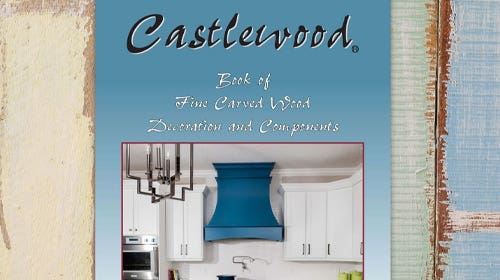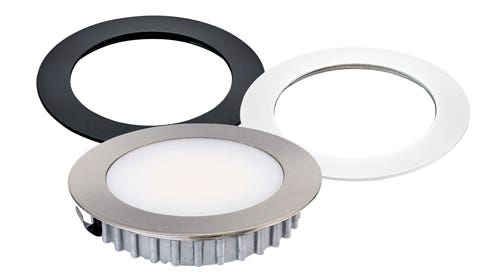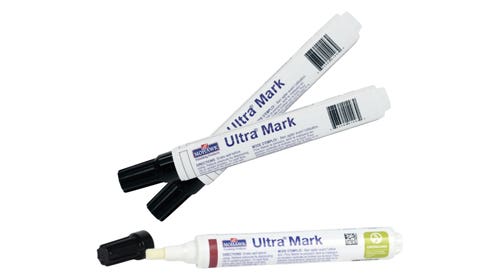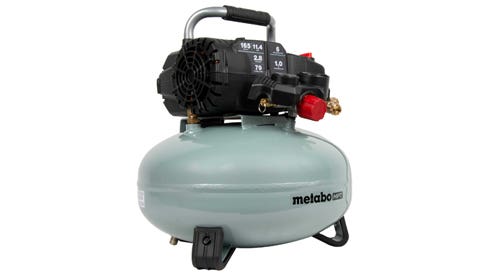Bocote is underappreciated, moderately priced
Specie is becoming scarce, especially in Mexico, and that’s inhibiting its widespread use for furniture {loadposition position10} Bocote is a gorgeous wood from Mexico and, despite displaying a wonderful contrast…
Specie is becoming scarce, especially in Mexico, and that's inhibiting its widespread use for furniture
{loadposition position10}
Bocote is a gorgeous wood from Mexico and, despite displaying a wonderful contrast of cream-colored and black bands, still remains under the radar of most woodworkers. The wood is readily available from exotic dealers - although in smaller sizes than 10 years ago - and is reasonably priced. With the likelihood that cocobolo will be CITES-listed, the popularity of bocote will likely increase, but the species is also in limited supply.
"I've always said bocote is a wood that isn't highly respected; it is a misunderstood wood," says Mitch Talcove of Tropical Exotic Hardwoods in Carlsbad, Calif. "People just don't look at it as being an important wood for furniture. But it is as figured as any wood out there. I think bocote is a wood of the future, and I think so far there is plenty that is still up there. The trees don't get as big as the cocobolo trees; the diameter of the tree doesn't get as big."
The supply issue is debatable.
"There is almost no one who uses the stuff anymore because it is getting increasingly harder to get a hold of," says Myles Gilmer of Gilmer Wood Co. in Portland, Ore. "At one time it was like a weed. It was very common and everyone had it. But now, like a lot of the Mexican species, it is just getting scarce."
Bocote (Cordia elaeagnoides) primarily grows along the Western coast of Mexico and reaches heights up to 60'. Ziricote and siricote are also species in the Cordia genus.
"There are several reasons for the lack of supply," says Rick Hearne, owner of Hearne Hardwoods in Oxford, Pa. "One is the trees have been harvested in the areas that are easy to get to; and two, it is coming out of an area that is 'disputed ground' between the legal agricultural people and the drug people and it is difficult to do business in that area of Mexico now."
"The overall economy is slowing things down; it's getting really hard to get cutting permits in Mexico these days," Gilmer adds. "There's a guy who I have done business with in Mexico for at least 25 years and he is really pushing me to give him an order for a container load or two of bocote. There is a new hydroelectric dam project that is going to create a reservoir which will inundate an area where there is a large amount of bocote. He wants to start cutting it, and it has always been his favorite wood to cut because it's so easy to saw. But I keep telling him to bring his price down because no one wants to pay a lot of money for bocote and no one has a whole lot of money to spend."
The heartwood of freshly milled bocote consists of a number of colorful bands, including cream, yellow, green, brown and black. In some cases, the wood is highly figured, exhibiting tiny knots with wavy bands, and even a bird's-eye figure. The sapwood is white. Typical widths run from 3" to 8" with lengths up to 7'.
"Bocote is a wood that is preferred by the small craft-oriented people," Hearne says. "The wood itself usually doesn't come in boards wide and long enough to make furniture, so it gets into one of those categories of accent woods, maybe a small-featured panel or jewelry boxes, turnings, inlays."
Bocote is an excellent turning wood and other common uses include knife handles, pool cue butts and pistol grips, while figured bocote often ends up in the veneer market.
"Almost all of my customers for it now are guys using it for handle risers for compound bows," Gilmer says. "They sculpt them so they kind of fit the hand. They have all these curves so you are cutting at a weird angle through the grain, so you get all of these weird-looking swirls."
"It is the combination of strength and the look," Talcove says. "It is very sculptural and the maker has their own technique and style of doing things for the centerpiece of the bow, where the grip is. Basically, they use a solid piece, although some people will take part of it, resaw it and then laminate it up with other wood."
Prices for 4/4 bocote range from $13 to $23/bf. The highly figured material is the most expensive.
This article originally appeared in the August 2009 issue.







